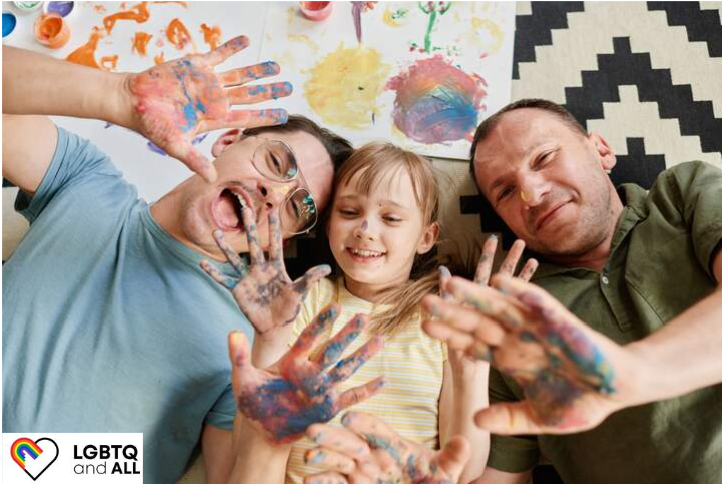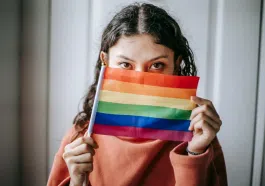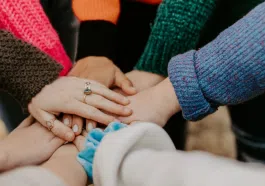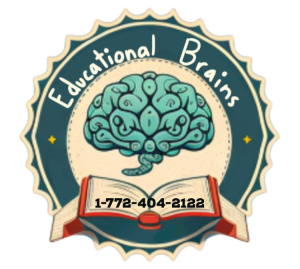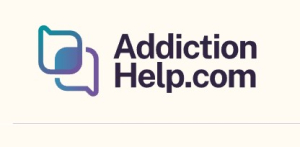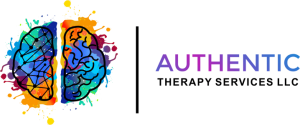This blog post concludes our series exploring various LGBTQ+ terminology. We will be discussing terms starting with M to Z this time around.
These definitions are not universal, so it is essential to keep that in mind. In providing a glossary of these terms, we hope to help others better understand their significance. A person’s identity should be defined by the term they use. In the end, it is up to each individual to define themselves.
LGBTQ+ Terminology
M
Misgendering
Putting a gender on someone that is incorrect/does not match their gender identity. It occurs when a pronoun or gendered language is used. For instance, calling a person by the wrong pronoun or using the wrong gender-specific language, such as “mankind” or “ladies and gentlemen” to refer to a group of people.
N
Non-binary
Describes a person who does not identify exclusively as a man or a woman. People identifying as non-binary may be either men or women, fall somewhere in between, or be completely outside these categories. Even though many non-binary people identify as transgender, not all do. An umbrella term for non-binary identities can also refer to agender, bigender, genderqueer, and gender-fluid identities.
O
Omnigender
A person who possesses all genders. Specifically, it refutes the notion that there are only two genders. Omnigender people recognize that gender is more complex than the traditional binary of male and female. They embrace the idea that gender is a spectrum and everyone can be both masculine and feminine. Omnigender people are embracing a more inclusive view of gender.
Outing
Unauthorized disclosure of someone’s lesbian, gay, bisexual, transgender, or gender non-binary identity. An outed person may suffer serious repercussions in their employment, economic situation, personal safety, or religious or family ties. Outing can also lead to feelings of shame, humiliation, and fear and can devastate a person’s psychological health.
P
Pansexual
A person whose choice of sexual partner is not limited by the other person’s gender, gender identity, or gender expression. Pansexuality is an alternative sexual orientation that challenges traditional gender roles and expectations. It is an inclusive term that accepts everyone regardless of gender identity or expression.
Polyamory
This term refers to being open to/in multiple loving relationships simultaneously. According to some polyamorists (polyamorous folks), “poly” is an orientation to relationships. The term is sometimes used to describe all forms of ethical, consensual, and loving non-monogamy.
Q
Queer
The term refers to anyone who identifies in this way. People who may be gay, lesbian, bisexual, transgender, intersex, or asexual may be included in this category. Some people in the above subcategories do not identify as queer, while others do. Depending on who you ask, this term has different meanings. While some still find it offensive, others reclaim it to encompass the broader sense of gay rights history. The term “queer” may also be used as an umbrella term like LGBT, as in “the queer community.” Some transgender people express concern that the term “queer” only refers to sexual orientations.
Questioning
Exploring one’s own gender identity, gender expression, and/or sexual orientation. Among those who identify as LGBTQIA, this term may also be used. This process of self-discovery is an essential step in a person’s journey toward self-acceptance. It can help individuals better understand who they are and how they want to define their identity. It can also help reduce feelings of confusion, anxiety, and depression.
QPOC/QTPOC/QTBIPOC
This term stands for Queer People of Color, Queer Trans People of Color, Queer Trans Black Indigenous People of Color. This term is often used to discuss how intersectional identities can lead to complex oppressive systems. These oppressive systems often intersect with race, gender, sexuality, class, and other forms of oppression. It is important to recognize that these oppressive systems can be different for each group and that it is crucial to recognize and support them to end these oppressive systems.
S
Same Gender Loving
A term coined for African American and African Diaspora used by activist Cleo Manago, meaning those who date, love, or are attracted to people of the same gender.
Sapphic
A female-identifying individual who is attracted to other female-identifying individuals. Lesbians, bisexuals, omnisexuals, pansexuals, romantic asexuals, and nonbinary people fall under this umbrella term. It is often used as a more inclusive term than “women who like women (WLW)” or “lesbians.”
Sex/Sex Assigned at Birth
Categorization based on medical criteria. At birth or during ultrasound, sex is often determined by the appearance of the genitalia. There is a difference between gender identity and sex assigned at birth, and sex is not always binary, such as for Intersex people.
Sexual orientation
Emotional, romantic, or sexual attraction to other people that is inherent or immutable. Regardless of an individual’s gender identity, their sexual orientation is independent.
T
Transgender
(also known as ‘trans’). The identity of a person whose sex at birth is not the same as their gender identity.
Transitioning
Some transgender people may undergo a series of processes to become more fully themselves. A social transition may include changing a name or pronoun, a medical transition may consist of hormone therapy or gender-affirming surgery, and a legal transition may involve changing the legal name and sex on government identity documents. A transgender person may undergo all of these processes, some or none of them.
Transphobia
Fear, hatred, or aversion directed towards people with different gender identities than the sex they were born with.
Two-Spirit
(also called Two Spirits or Two-Spirited). A culturally-specific identity used by some Indigenous people to describe a person whose gender identity, spiritual identity, and/or sexual orientation includes both males and females.
LGBTQ+ Terminology: Takeaway
It is essential to use accurate and respectful terminology when discussing the LGBTQ+ community. Words aren’t the only thing that shows respect; actions are as well. LGBTQ+ community members must be treated fairly without exception. Creating a welcoming environment for everyone is something we should all strive for.
Check out the LGBTQ and ALL blog for more LGBTQ+ content and news.

